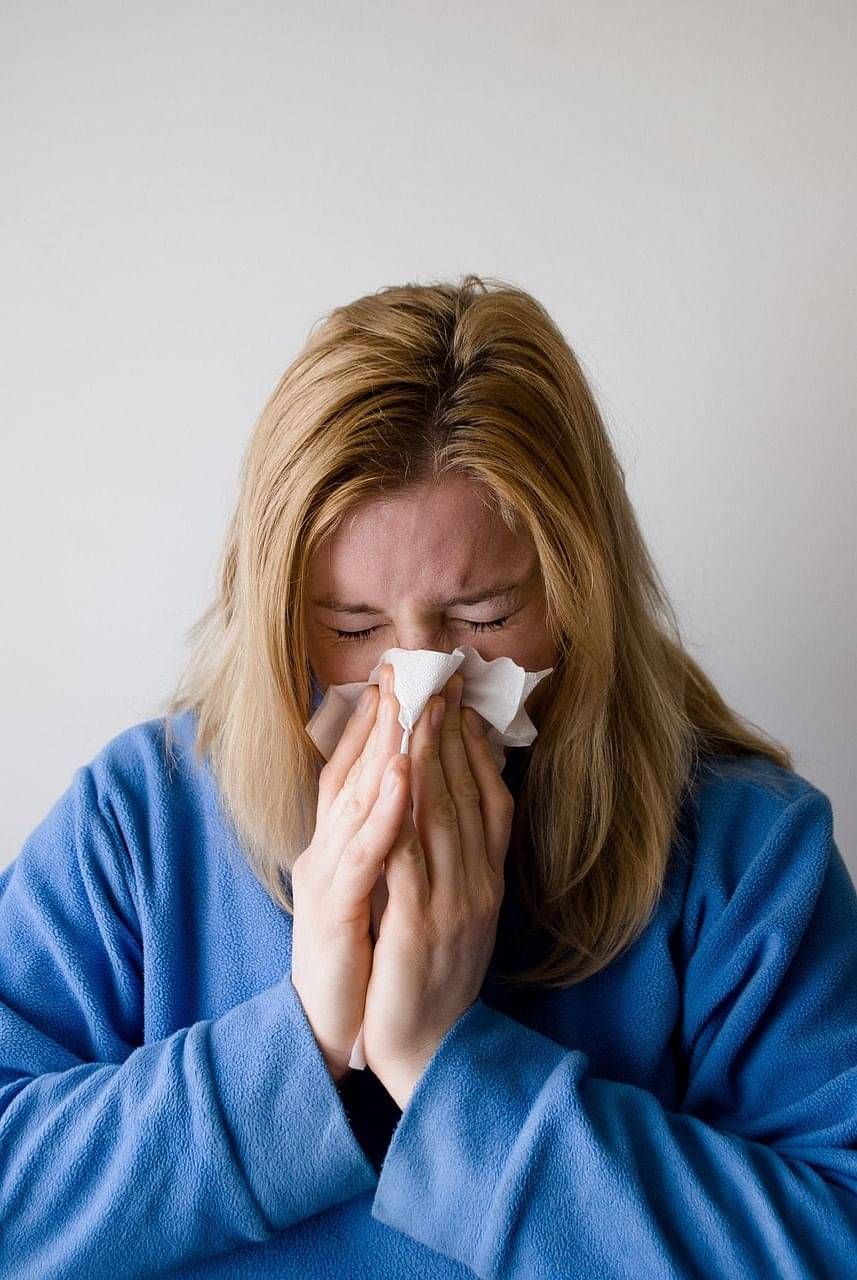
Allergy Clinic
Allergies can be a cause of great discomfort and annoyance to many people. Here at Eastlink Family Medical, we strive to make allergy testing and subsequent treatments more accessible and affordable to those who need it.
The doctors at Eastlink Family Medical can help you to identify the cause of your allergies with skin prick testing, relieve the symptoms and manage future flareups.
We have no long wait times for appointments, we do not require a referral and you will have access to results on the same day as your appointment.
What is Skin Prick Testing?
Skin Prick Testing (SPT) is a common, widely practiced test to assess for immediate allergic reactions such as:
Skin rashes – such as eczema (atopic dermatitis) or hives (urticaria)
Swelling (angioedema)
Sneezing and runny nose – or allergic rhinitis (hay fever)
Teary, red itchy eyes – or allergic conjunctivitis
Wheeze or cough
SPT helps to reduce your symptoms and medication needs by identifying the causes of your allergic symptoms.
This type of allergy testing is easily tolerated and provides minimal discomfort, though you may feel a bit prickly!
IMPORTANT NOTICE:
Skin prick testing is not suitable for everyone and all allergy types, each patient needs to be assessed on an individual basis.
For some patients, it may be recommended that you be seen or managed by the guidance of a specialist allergist.
We are unable to perform skin prick testing on children under 2y.o or people with a history of anaphylaxis within our clinic.
Is it safe?
Skin prick testing is a safe procedure with minimal discomfort. SPT carries very low risk of serious side effects and provides high quality information to your doctor.
In testing, small amounts of allergen are introduced into the superficial skin layer and interact with your immune cells.
If you are positive to the allergen, it will lead to wheal-and-flare reaction peaking after approximately 15 minutes, which usually resolves within 2 - 48 hours.
What happens in my appointment?
Initially, you’ll have a conversation with your doctor about what allergies you think you might have and what you think might be triggering them. After deciding together what allergens you would like to test for, the doctor will prick your skin with the allergens, and after only 15 minutes, the results will be available.
Your doctor will go through the results with you and give you a copy to take home. They will also advise you what treatment options are available.
The whole appointment takes approximately 45mins.

PLEASE NOTE:
If there are any other aspects of your allergies you would like to discuss with a doctor, or if you would like to have a discussion before proceeding with Skin Prick Testing, please book a general consultation with a doctor during the week prior to proceeding with the Skin Prick Testing.
Book Your Appointment
To book a Skin Check Appointment, please call 03 9088 8822 or book via our Online Booking System.

